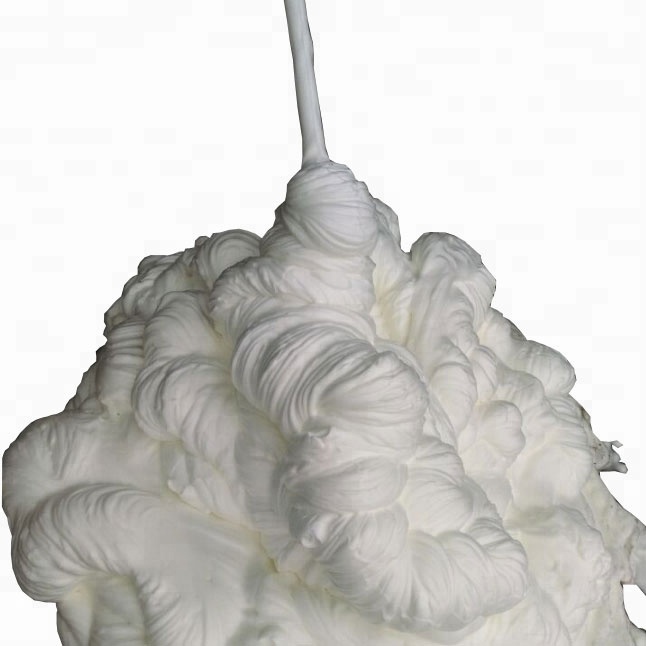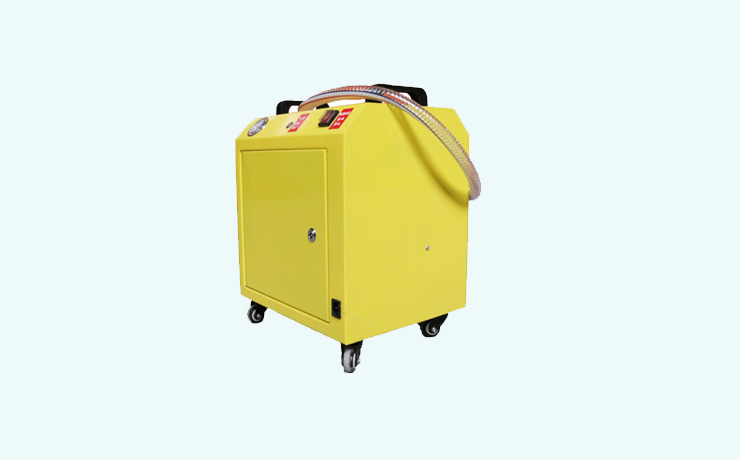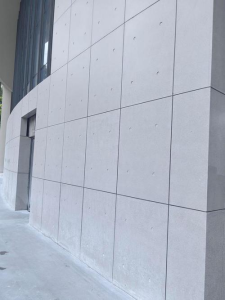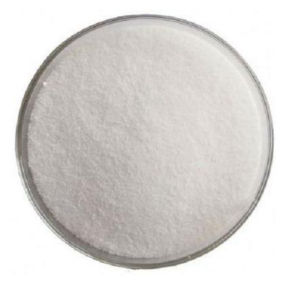Professional solutions on concrete addtives, Concrete Foaming Agent, Superplasticizer, CLC Blocks Additives, and foaming machine
(Technical characteristics of polycarboxylic acid superplasticizer in application)
1.The water reduction rate of concrete is not closely related to the fluidity of paste and the water reduction rate of mortar.
In the test, it is found that the water reduction rate of concrete superplasticizer in concrete is not closely related to the fluidity of paste and the water reduction rate of mortar.
This poses a challenge to the evaluation of water-reducing rate of superplasticizer by fluidity of pure slurry or / and water-reducing rate of mortar.
2. There is no close relationship between the slump retention of concrete and the fluidity of pure paste.
In the test, it is often found that the fluidity of the paste mixed with some kind of superplasticizer admixture can be maintained very well in 1h~2h, but the slump loss of concrete is very fast, and some polycarboxylate superplasticizers perform well in concrete, although they do not perform very well in the paste.
3. The relationship between the compressive strength ratio of concrete and the water reducing rate of superplasticizer is not very close.
In fact, the same is true of other superplasticizer, the relationship between compressive strength ratio and water reducing rate is very complicated, on the one hand, the air entraining property of different superplasticizers is different, on the other hand, the active groups and free ions in superplasticizers are different, and these have different effects on the hydration process of cement.
4 The effect of water reduction and reinforcement is highly dependent on the raw materials and mix ratio of concrete.
Polycarboxylate superplasticizer has been proved to have a better water-reducing effect in the case of lower content, and its water-reducing rate is much higher than that of other kinds of superplasticizer.
However, it must be noted that, compared with other superplasticizers, the water-reducing effect of polycarboxylate superplasticizer is more related to the test conditions.
The particle gradation and sand ratio of aggregate in concrete have great influence on the plasticizing effect of polycarboxylate superplasticizer.
In addition, polycarboxylate superplasticizer and other water reducers, "water reduction rate" also depends on the mixing process, if the use of manual mixing, the measured "water reduction rate" is often 2-4% lower than mechanical mixing.
5 The effect of water reducing depends greatly on the amount of superplasticizer.
Superplasticizer admixture for concrete is very sensitive to the content, and only when it reaches its saturated content, can it have a good water-reducing effect; on the contrary, too much content will often cause segregation and bleeding, which will reduce the effect of water reduction and enhancement.
6 the performance of concrete mixture is very sensitive to water consumption.
The indexes that reflect the performance of concrete admixtures are usually fluidity, cohesion and water retention.
The concrete prepared with polycarboxylate superplasticizer does not always fully meet the requirements, and problems of one kind or another often occur. Therefore, in the actual test, we usually use the concepts of serious exposed rock heap, serious bleeding and divergence and pile peeling to describe the performance of concrete mixture more vividly.
The properties of concrete mixtures prepared with most polycarboxylate superplasticizers are very sensitive to water consumption.
Sometimes, when the water consumption only increases 1kg/m3~3kg/m3, the concrete mixture will bleed seriously immediately. The use of this kind of mixture can never guarantee the uniformity of the castable, but easily lead to unacceptable defects such as hemp, sand, holes and so on on the surface of the structure, and the strength and durability of the structure are seriously reduced.
7. The workability of the prepared concrete depends on both the amount of superplasticizer and water consumption.
It is found in the field test that the workability of concrete prepared with polycarboxylate superplasticizer depends on both the amount of superplasticizer and water consumption. if the dosage of superplasticizer is slightly higher, the water consumption may be reduced. it is easy to scratch bottom, exposed stone and rapid slump loss. at this time, as long as the dosage of superplasticizer is slightly reduced and part of the water is increased, the problem can be solved.
8 The high fluidity concrete is easy to separate layer by layer.
In most cases, for the high fluidity concrete prepared with polycarboxylate superplasticizer, even if the amount of superplasticizer and the control of water consumption are the best, and the concrete mixture does not bleed water, it is very easy to appear the phenomenon of delamination and segregation. The concrete performance is that all the coarse aggregate sinks, while the mortar or paste is located on the top of the aggregate.
When this kind of concrete mixture is used for pouring, stratification and segregation exist obviously even if there is no vibration.
The main reason is that when the fluidity of the concrete mixed with this polycarboxylate superplasticizer is large, the viscosity of the paste decreases sharply.
Proper compounding of thickening components can only solve this problem to a certain extent, and the compounding thickening components often lead to a serious decrease in the effect of water reduction.
9 has poor compatibility with other kinds of superplasticizer, and even has no superposition effect.
Traditional superplasticizers, such as lignosulfonate superplasticizer, naphthalene superplasticizer, melamine superplasticizer, aliphatic superplasticizer and aminosulfonate superplasticizer, can be mixed in any proportion to meet the special preparation requirements of different projects and obtain better economy.
The combined use of these superplasticizers can get superimposed (better than single admixture in most cases). And the solutions of these superplasticizers are miscible (except that the solubility of lignosulfonate superplasticizer and naphthalene superplasticizer produces partial precipitation but does not affect the use effect).
However, when polycarboxylate superplasticizer is combined with other kinds of superplasticizer, it is not easy to get superposition effect, and the miscibility between polycarboxylate superplasticizer solution and other kinds of superplasticizer solution is very poor.
The following are the results of the author's experiments on this problem: (1) from the point of view of the miscibility of the solution, polycarboxylate superplasticizer and melamine superplasticizer or aliphatic superplasticizer solution can not be mixed together, without considering the compound effect, polycarboxylate superplasticizer may be used in combination with lignosulfonate, naphthalene and aminosulfonate superplasticizer.
(2) from the superposition effect of compound addition, polycarboxylate superplasticizer, lignosulfonate superplasticizer and aliphatic superplasticizer have the possibility of compound addition, but because polycarboxylate superplasticizer and aliphatic superplasticizer are not mutually soluble, in fact, polycarboxylate superplasticizer can only be compounded with lignosulfonate superplasticizer.
These two points tell us: first of all, if you want to be used together, polycarboxylate superplasticizer can only be mixed with lignosulfonate superplasticizer.
In addition, polycarboxylate superplasticizer is very sensitive to other substances, if the concrete mixed with polycarboxylate superplasticizer encounters even a little bit of naphthalene series, melamine series or aminosulfonate superplasticizer or their compound products, the fluidity may become worse, the water consumption increases sharply, the fluidity loss is serious, the concrete mixture is very dry or even difficult to unload, and its final strength and durability will be affected.
(Technical characteristics of polycarboxylic acid superplasticizer in application)








